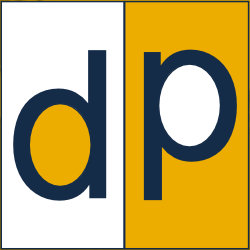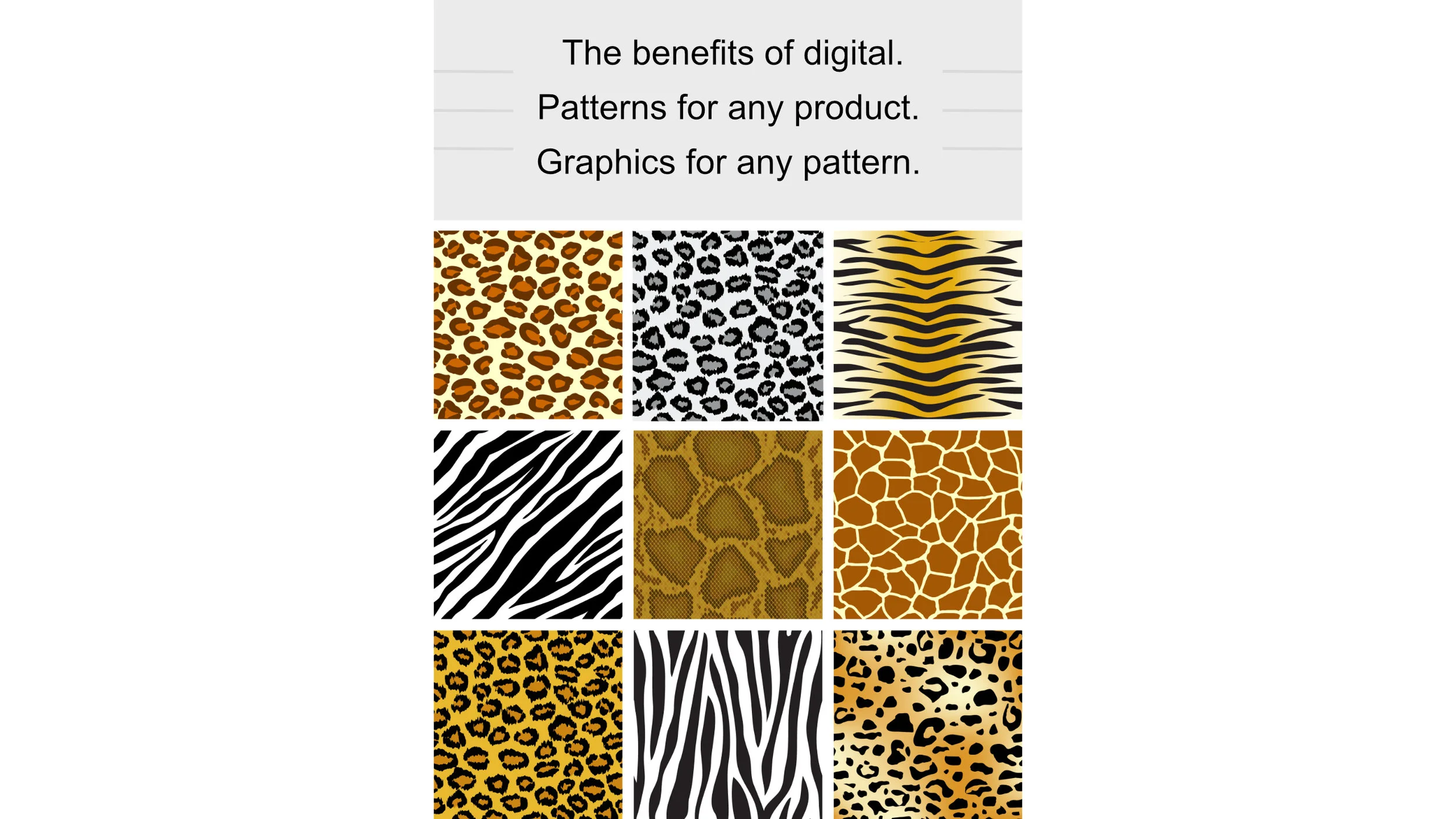Why Risk your business to outdated processes? Transition to Digital Patterning
Overview
In our debut article we explored the cost, production time and profitability advantages or rewards of transitioning from a legacy manual design and pattern making environment to a fully automated digital patterning process. Over the past few months more and more textiles manufacturers have determined that digital patterning is more than just a "good idea." It's required for their businesses to continue to compete. This update explores the key technologies and best practices to help your team make the transition to digital.
What’s the problem anyway?
Any type of business process improvement can be tied to changes made with your people, your processes or the technologies you use to get the job done. When transiting from legacy to digital patterning, the key challenge tends to be ensuring that your staff learn and adopt the enhanced digital tools. These concerns are addressed in a couple ways:
- Select digital patterning solutions that work with your existing 3D CAD and cutting tools rather than requiring a “rip-and-replace” approach
- Utilize “On Demand” rather than disruptive training methods
Better software integration
Unlike the previous entries in the digital patterning software market, current solutions are built to work seamlessly with the design and cutting/printing tools you've already invested in.
Digital patterning tools serve as the intermediary between the creative team and the production team. The right solution should allow you to process any type of design data and to convert that into the production-ready data you need.
The integration between tools should be as transparent as possible to the users. Key aspects of next generation solutions include:
- Similar if not shared licensing and installation procedures
- Industry specific terminology that avoids “CAD-speak”
- Consistent user interfaces and workflows developed with a focus on simplicity
On Demand, Mentor-style training
On demand training has become popular for most software solutions primarily because it reduces or eliminates many of the extra learning costs (travel, schedule disruption, poor long-term skills retention, …) . Along with providing the necessary training, on demand learning eases new technology adoption and improves learning outcomes with minimal disruption.
Summary
Digital patterning is the best way to improve profitability and ensure the long term success of your business. A key factor in the smooth transition to digital is to simplify the adoption of the new skills and processes by:
- Selecting digital patterning software with seamless interoperability between your existing 3D CAD and cutter solutions.
- Providing “on-demand” mentoring rather than mandating traditional disruptive training
If you have not already, start your transformation to digital today, call us and talk to an expert.










